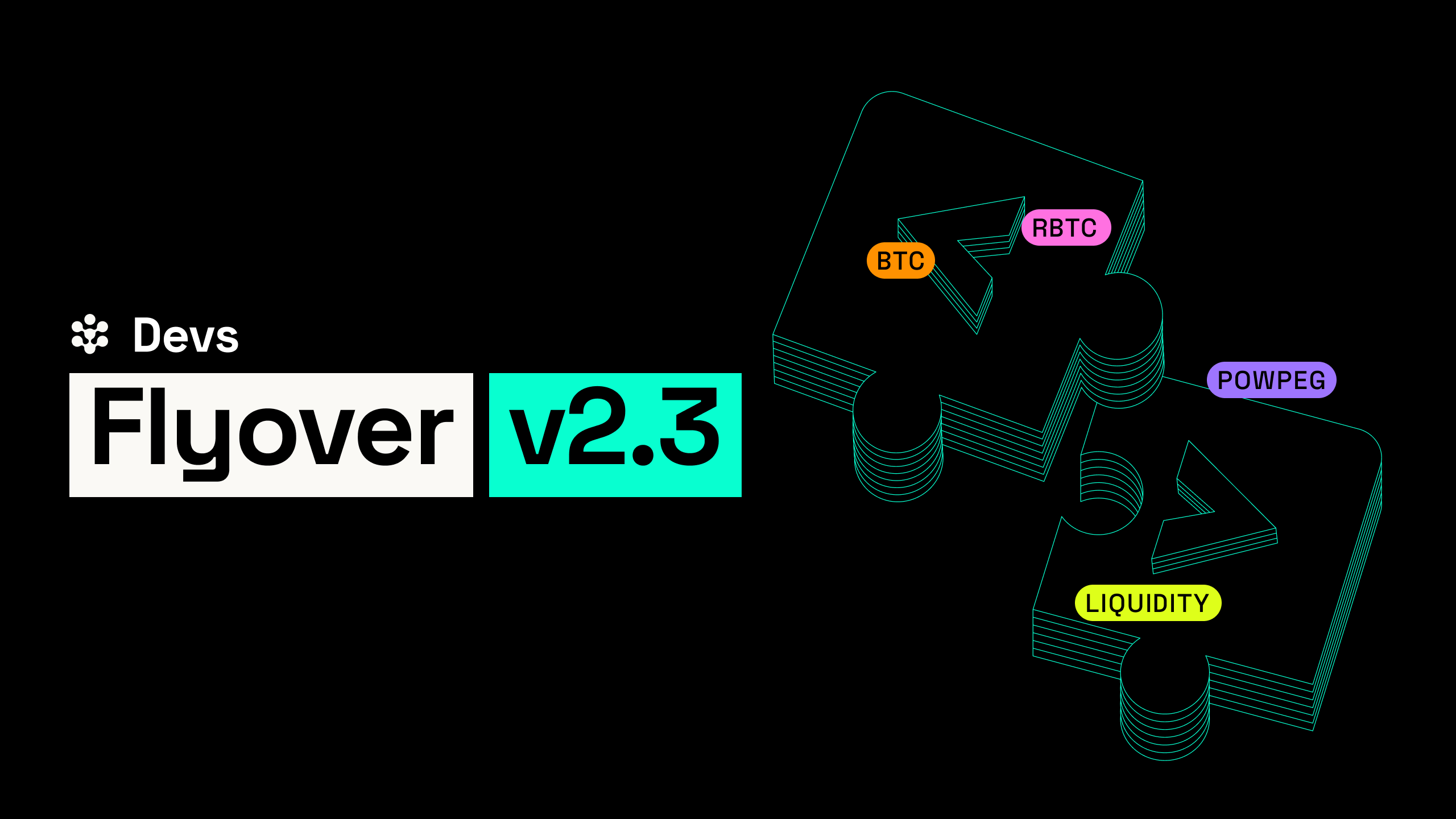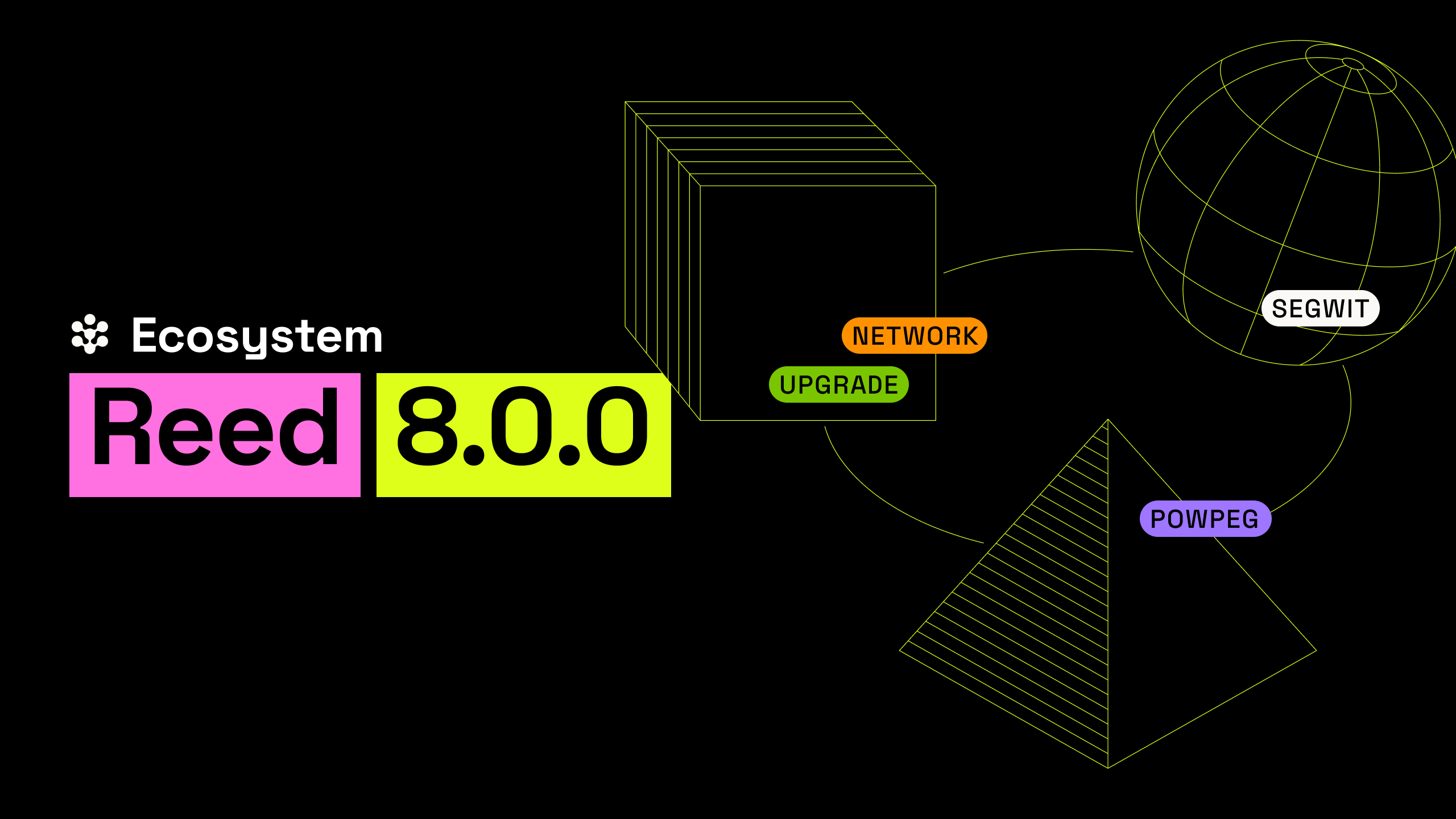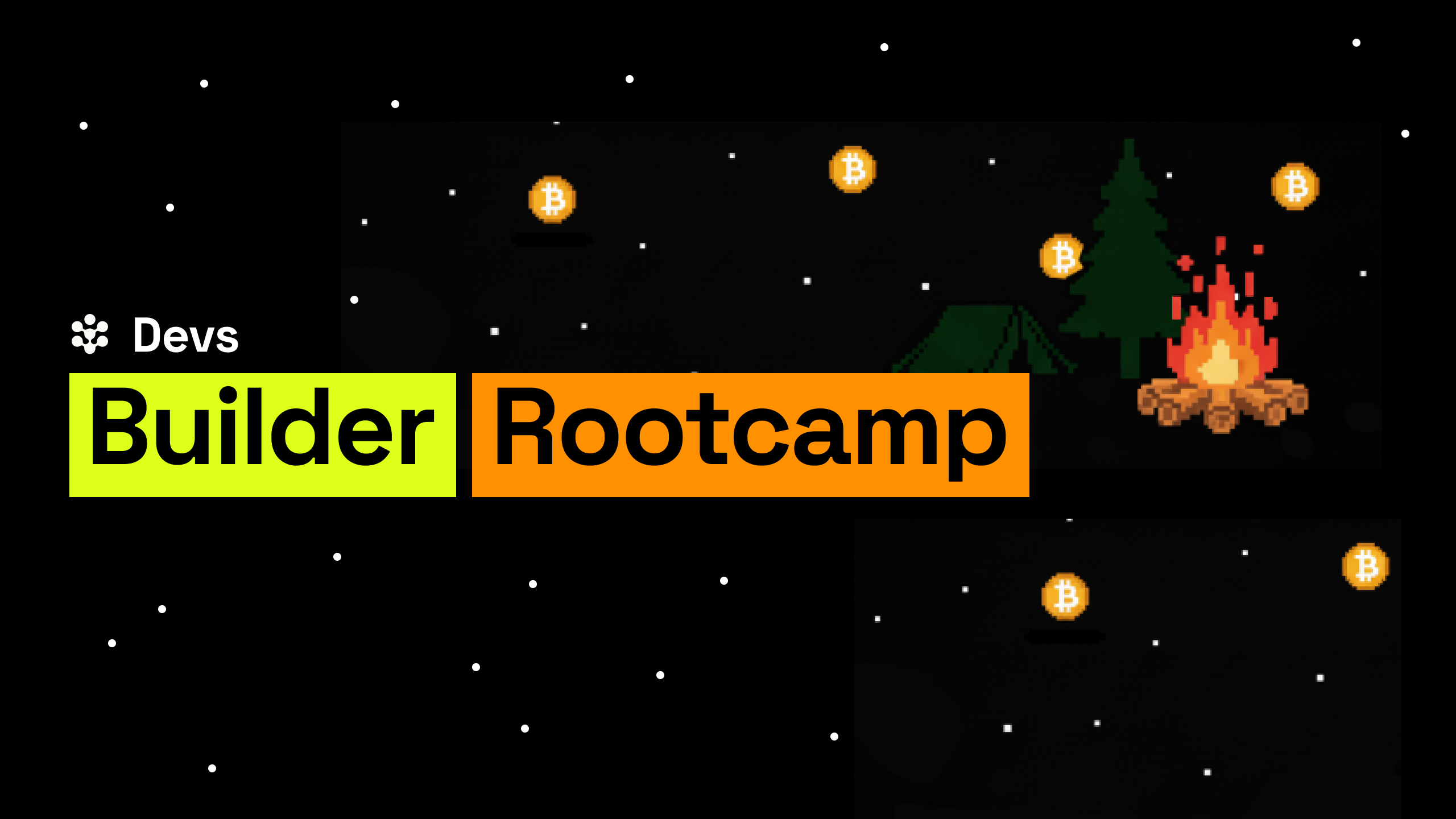
Bitcoin sidechains are changing the game, bringing scalability and use cases to the Bitcoin blockchain. For years developers have chosen to build on top of layer one chains, like Ethereum or Solana, for their flexibility and interoperability features. Bitcoin, on the other hand, is more known as a hedge, or a store-of-value asset.
However, increasing developments in sidechains and layer 2 solutions are changing that perspective, driving innovation such as smart contracts and dApps on the oldest and most reputable blockchain.
Rootstock offers an EVM-compatible chain, merging the benefits of Bitcoin with the benefits of Ethereum—making it the go-to solution for developers looking to build on Bitcoin with functionality.
Here’s how:
Consensus Mechanisms and Security
The Rootstock blockchain uses the same Proof-of-Work (POW) consensus mechanism as Bitcoin, except miners can generate blocks significantly faster than Bitcoin’s base layer. These Rootstock blocks are minted through a process known as “merged mining”.
Because both blockchains use the same consensus mechanism, miners are able to engage in merged mining for both the Bitcoin and Rootstock blockchains at the same time. Both the Rootstock and Bitcoin chains consume the same mining power, so miners are able to contribute hash rate with the intention of mining blocks on Rootstock. At the end of the day, merged mining can help drive a miner’s profitability without requiring additional resources or equipment.
This merged mining process allows Rootstock to validate transactions, create blocks and send them to the Bitcoin blockchain. On top of that, Rootstock smart contracts benefit from the security of the Bitcoin blockchain.
This is quite different from Etheruem, which uses Proof-of-Stake (POS) as a consensus mechanism, relying on staked tokens within the ecosystem versus mining power like Rootstock. Proof-of-Stake is considered to be more energy-efficient, However, Proof-of-Work is known to be more beneficial both in terms of security and decentralization.
Scalability and Throughput
Rootstock is a scaling solution for Bitcoin. Transactions can be confirmed, bundled and then sent to Bitcoin’s base layer for final settlement. Bundling increases Bitcoin’s throughput, therefore expanding the network’s capacity to host many more users, applications, and transactions.
Rootstock creates new blocks roughly every 30 seconds. This is remarkably faster than Bitcoin’s new blocks roughly every ten minutes. The Rootstock network can reach up to 300 TPS which is way faster than Ethereum’s 27 TPS and Bitcoin’s 7 TPS.
Rootstock aims to improve the Ethereum blockchain as well, leveraging Bitcoin’s unmatched stability, security and economic power. By porting smart contracts from Ethereum, Rootstock makes all ETH applications compatible with Bitcoin.
Compared to Ethereum, Rootstock provides about 10x the transaction speed and 50x cheaper gas fees.
Interoperability
Powpeg is the two-way bridge for transferring Bitcoin to and from the Rootstock blockchain. The Powpeg protocol is made possible with Rootstock’s asset, smartBTC (RBTC) pegged to BTC on a 1:1 ratio. Bridging funds between Bitcoin and Rootstock is controlled by two main mechanisms, a vault and a smart contract. Transferring Bitcoin to Rootstock is a process called “pegging-in” and requires the user to lock BTC into a vault on the Bitcoin chain. This allows the user to unlock the corresponding BTC on Rootstock.
Conversely, transferring BTC back into the Bitcoin blockchain from Rootstock (pegging-out) requires the user to send RBTC to a smart contract on Rootstock. This subsequently unlocks the corresponding amount of BTC from the vault on the Bitcoin network.
An advantageous component of Rootstock is its interoperability with Ethereum smart contracts. The Rootstock Virtual Machine (RVM) is based on the Ethereum Virtual Machine, allowing for the execution of Ethereum smart contracts on Rootstock. Developers can seamlessly use the same code, tooling and libraries when building Rootstock applications. Thus, Rootstock gives the Ethereum community a cheaper, faster alternative for interacting with dApps.
This means that Rootstock developers can code with Solidity – the same smart contract programming language used on Ethereum. Users also can send their Rootstock assets to Metamask, a popular ETH digital wallet.
An additional feature that enables interoperability is the Rootstock-ETH token bridge; a cross-chain interoperability bridge that allows users to move ERC20 tokens between one chain and the other.

What’s Next
With the ability to build on top of the Bitcoin blockchain, developers are taking advantage of the security and popularity of the chain. Ethereum was previously the obvious choice for building dApps due to the convenience and wide array of use-cases, but now those use cases have come to Bitcoin.
Developing on Rootstock offers the best of both worlds in the blockchain space, Ethereum and Bitcoin. Visit the Rootstock developer portal to learn how you can build a dApp on Rootstock using existing resources.


